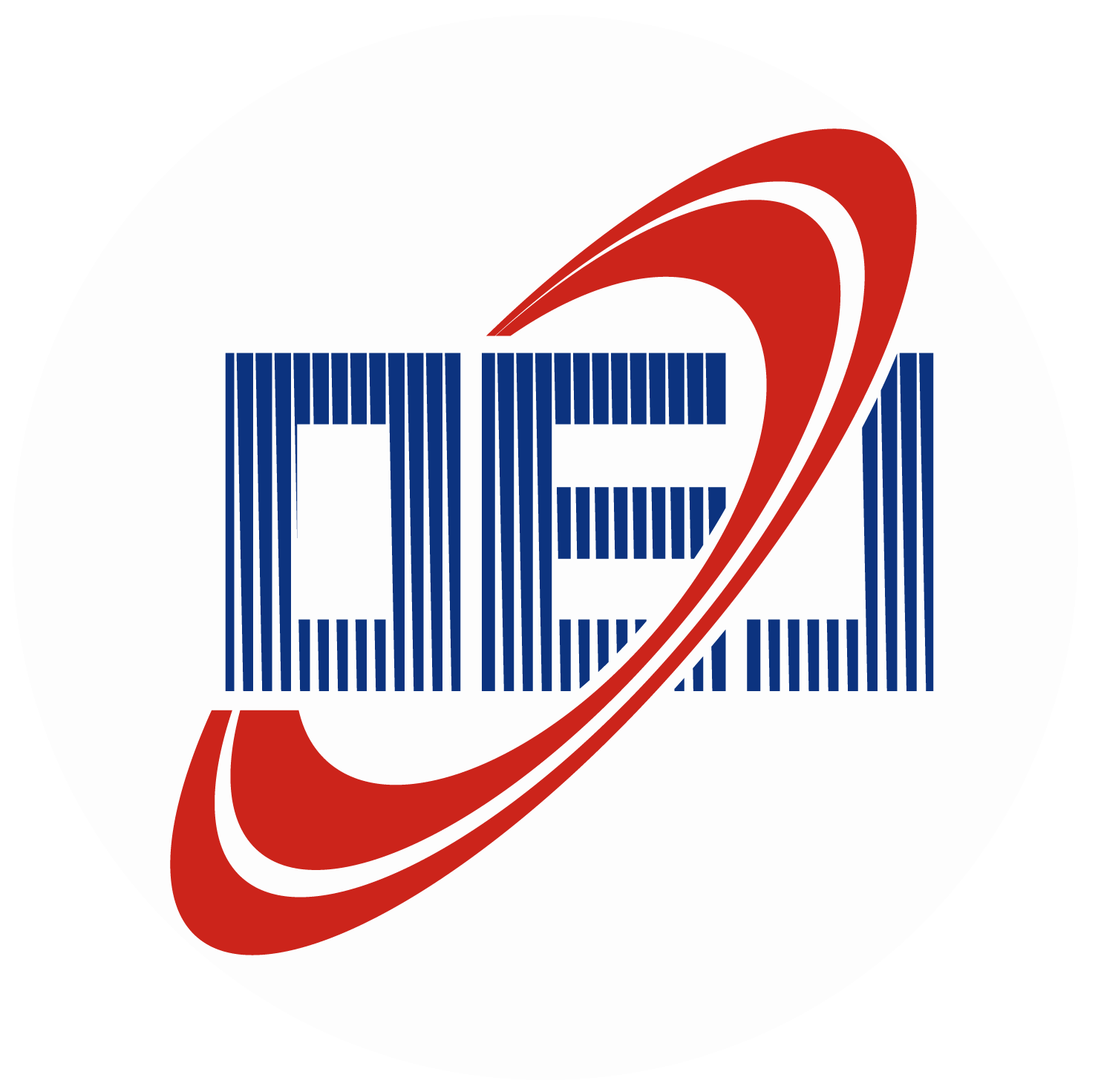-
Abstract
Optical skyrmions provide a new idea and approach to endow structured light and spatial-temporal light with topological properties. In this paper, the longitudinal and transversal components of the focused light field are decoupled and can be controlled independently by modulating the polarizations and phases of two pairs of counter-propagating incident cylindrical vector beams under 4π focal configuration. Under this condition, Néel-type and Bloch-type optical skyrmions formed by electromagnetic field vectors are constructed in the focal plane. When one pair of the incident beams is radially polarized with a phase difference of π and the other pair is radially polarized in phase, a Néel-type optical skyrmion formed by electric field vectors can be constructed in the focal plane of the 4π focal system. The corresponding focal magnetic field is purely azimuthally polarized. If we substitute the other pair of the incident beams with azimuthally polarized beams, Bloch-type optical skyrmions formed by electromagnetic field vectors can be constructed in the focal plane, where the one formed by magnetic field vectors has a π/2 phase lead compared with the that formed by electric field vectors. This work provides a theoretical basis for further research on the interactions between matter and optical skyrmions formed by electromagnetic field vectors at micro and nano scales in free space. -



 E-mail Alert
E-mail Alert RSS
RSS


